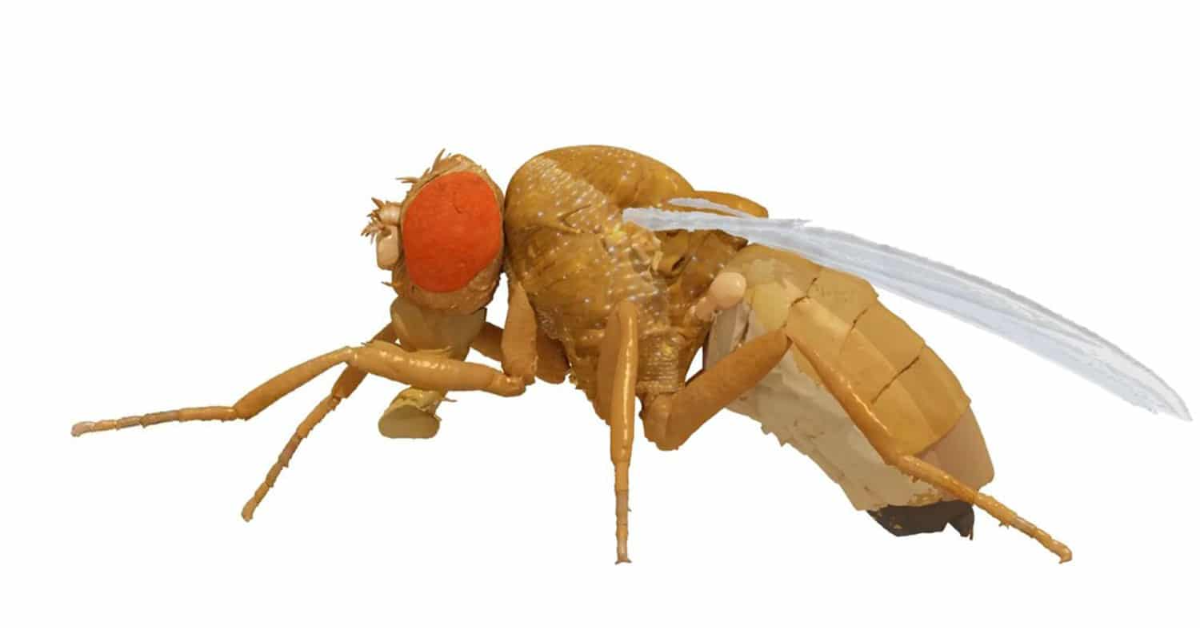Scientists from Janelia Research Campus and Google DeepMind have developed the most realistic virtual fruit fly to date by combining artificial intelligence, accurate anatomy, and advanced physics simulation. The new model can walk and fly in a way that closely matches the real insect, thanks to a detailed reconstruction of the fly’s outer skeleton and a neural network trained on real fly behaviours. The system allows the digital fly to respond to commands, mimic natural movements, and even use its vision to guide its flight.
The virtual fruit fly was created using images of a real fly, which were turned into a 3D digital model. The team integrated this model into the MuJoCo physics simulator, which was upgraded with new features to handle the unique challenges of simulating an insect’s movements. These updates made it possible to simulate fine details such as the way a fly’s feet grip surfaces and how its wings generate lift. An artificial neural network, trained on real behaviour data, was then used to control the digital fly, translating high-level instructions into realistic actions.
This achievement builds on previous efforts to model fly behaviour but goes further by integrating both accurate anatomy and realistic movement in a single system. The researchers believe this approach will help answer key questions in neuroscience by allowing them to study how the nervous system, body, and environment interact to control behaviour. By using virtual models, scientists can investigate factors that are difficult or impossible to measure in real-life experiments, such as the precise forces at play when a fly is in motion.
The team sees this work as only the first step. They plan to add more biological details, like muscles and sensory systems, and eventually use actual fly neural circuitry to control the model. The framework is open-source, meaning other scientists can use and adapt it to create realistic models of other animals, such as mice or zebrafish, which are also popular in neuroscience research.
YOU MAY ALSO LIKE: Adobe Unveils New Firefly App for AI Image and Video Creation
With this project, the collaboration between Janelia and DeepMind is setting the stage for a new era in computational neuroscience. By bridging anatomy, physics, and artificial intelligence, researchers hope to unlock new insights into how living organisms move and behave, making virtual models a powerful tool for science.




